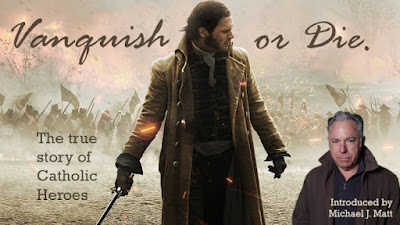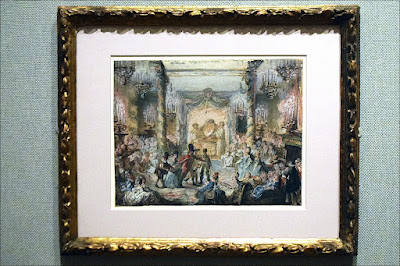 |
| Portrait of the "little Zouave," Joseph-Louis Guérin, circa 1860 |
“Blood is necessary to appease the anger of God; I will give mine” *
In memory of Joseph-Louis Guérin (b. 5 April, 1838 — d. 30 October 1860), Papal Zouave who died defending the Papacy from the Piedmontese at the Battle of Castelfidardo in le Marche, we pray for the happy repose of his soul.
Eternal rest grant unto him, O Lord and let perpetual light shine upon him. May his soul, and the souls of all the faithful departed, through the mercy of God, rest in peace. Amen.
* Quoted from Papal Zouave History
Also see:






























































